Aspyr’s renovation project tackles the three lesser Crofts, with intriguing results.
Egypt, present day. A woman makes her way through the Tomb of Seth accompanied by a silent man holding a burning torch. As the woman collects health packs and shoots scorpions that look a little like lobsters, the man with the torch works methodically, briskly lighting every room they move through. When he moves quickly, something exciting’s going to happen – you can feel it. When he stops, you know that you’re going to have to do something clever or dangerous to get him moving again. That’s just the way it is.
Tomb Raider 4-6 Remastered review
Today – in the real present day – there is nothing special about this. When it comes to post-Uncharted 2 action games, we expect these interludes, changes in pace, and moments of theatre. But in Tomb Raider: The Last Revelation, I remember the impact of this scene. Sure, Tomb Raider 3 had experimented with stuff like this a little bit, but as openings go, The Last Revelation’s is pretty glorious.
I say I remember the impact anyway. Because somehow, over the years, I started to forget about a lot of this. I must have, because it’s coming back to me now and the memories are so fresh, so undisturbed. Every few days it feels like something makes me think of the first Tomb Raider or Tomb Raider 2. They are part of the permanent lens through which I see games in general. But the Tomb of Seth? I last played through this particular tomb on a holiday break in my final year of university. In fact, when I got stuck on a puzzle playing it afresh earlier this week, tracking down the solution brought me back to the similarly stuck person I was back in July 2001. All this has been sealed away under the earth and sand for two decades. Now it’s free again.
In other words, welcome to the latest of the Tomb Raider remasters, which collects together the fourth, fifth and sixth games in the series, otherwise known as The Last Revelation, Chronicles, and The Angel of Darkness. Historically speaking – and Lara Croft herself is partly a figure from history now – I feel like the verdict on these three games is, by turn: quite good really, okayish, and famously terrible. That doesn’t matter as much as you may think. The remasters are every bit as heartfelt as they were with the first three games, and while the reward for your effort isn’t three all-time classics this time round, it’s something arguably just as interesting. Here are oddities, partial or total misfires, and games that were somewhat in danger of being forgotten.
Anyway! The remastering itself continues to work complicated wonders. Once again there are tank controls or modern controls for Lara, both coming with the awareness that, while the former may take a lot of getting used to again, the latter never feels entirely right. If you ask me, this is because Lara has always moved within a grid in the Core games, and the new controls feel slightly out of step with that grid. There have been some tweaks, though. I found it a bit easier to perform Lara’s trademark sideways jump here with modern controls than I did in the first three games. At the very least, a bit of fudging here and there and all three games are thoroughly playable, all while retaining that lovely, exotic feel of the-way-we-used-to-do-things.
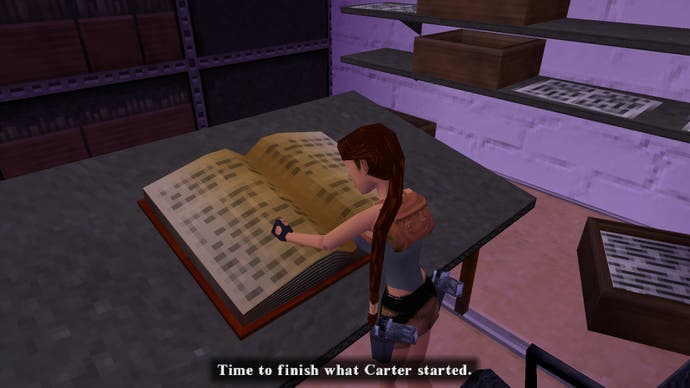
Ticking things off quickly: photo mode returns and you can also switch between original graphics and updated graphics at the press of a button. I do it constantly as I play, because I want to see what this or that statue looks like now, or maybe what it looked like then. The new graphics do a lovely job of updating each game while keeping them looking somewhat old. Caveat: I am 46 at the time of writing, so I see the world through 46-year-old eyes – they do make things very dark. I’ve spent most of my time tackling the games’ most difficult bits in the original graphics, partly because they lean towards light and colour, and partly because PS1 graphics now look absolutely glorious – weird and otherworldly and abstract and magical.
(Also, the original Tomb Raiders did wonderful things with what they had, things which have never been beaten. I think The Last Revelation contains the definitive Tomb Raider skeleton, for example – the one Lara gets her backpack from. It contains the definitive god rays and the definitive water. I want to see that in its original form. I also want to mention that The Last Revelation bundles a bonus level that was once given away with The Times newspaper, and is every bit as weird as that sounds.)
With that stuff out of the way, I can get onto what’s most interesting here. How have these games aged?
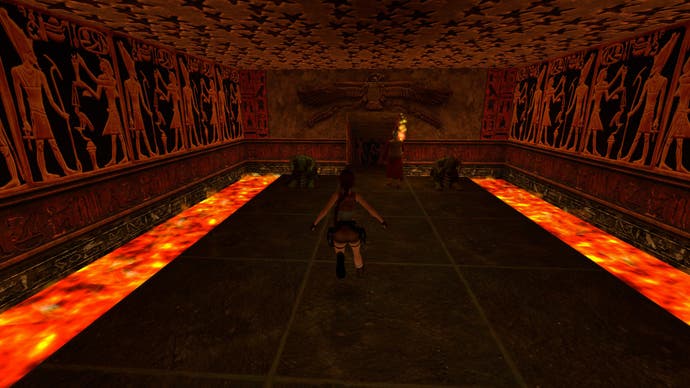
I will always stick up for The Last Revelation. I can still remember the excitement when it was first released. It wasn’t just the fourth game, it was the first Tomb Raider to spend most of its time in a single country – and that country was Egypt. It’s still a fabulous prospect, if you ask me, and I still find it deeply evocative and transporting. Core Design managed to make its tombs seem genuinely ancient here. As always, I feel very alone and very deeply submerged as I play, but there’s also that uplifting sense of working your way around a giant mechanism that the best Tomb Raider levels offer. The Last Revelation offers this again and again. What if I set this room on fire? What if I filled this one with sand? What if I’m thinking about everything wrong?
Chronicles is a bit harder to love, although I can remember me, back in late 2000, arguing that it wasn’t that bad. It isn’t that bad, but it isn’t always that good either. It feels, more than anything, like the work of a brilliant team who have been doing the same thing for too long and have probably earned a decent holiday. So instead of being in one extended location like The Last Revelation, we get a range of Laras throughout her career, going after various different doodads.
That’s not a terrible idea in its own right, but my memory of Chronicles is of getting stuck again and again on something annoying. A key would be left on the ground, and the ground would have a pattern on it that made the key hard to see. A vent in the submarine level would not suggest itself as a vent I could actually move through, and I’d spend a day and a half wandering back and forth, certain that the game was broken. There’s a lot of sneaking into buildings dressed in black and dodging lasers, which is cool, but there’s also a lot of shooting, and as a traveller from the year 2000, I feel the need to say: we already knew that shooting was not what Tomb Raider was good at back then. We knew! We all knew.
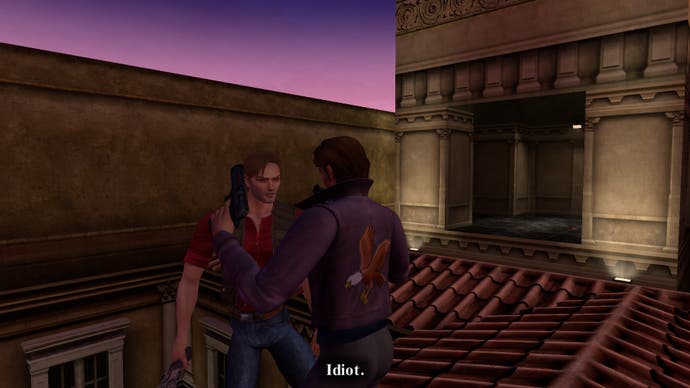
That said, I’ve enjoyed returning to Chronicles more than I expected to, although of the three games on offer here, it’s the one I’ve replayed the least so far. What I now like about it is something I have always loved about Tomb Raider but struggled to put into words. Take the opening levels, which I think dump you into Rome in the modern era. It’s Rome, sure, with alleyways and houses, but although the design team’s exploring modernity, it hasn’t tweaked the way it creates levels at all.
To put it another way, wherever you are in the original Core Tomb Raiders, you’re in a tomb. It may look like modern Rome or Venice or an oil rig or a sunken ship – God, I love Tomb Raider 2 – but it’s still a tomb. You may see the sky overhead, but: tomb. You may be collecting fuses and messing with old engines, but: TOMB.
This is wonderful because it makes the games really, really weird. Rome is filled with alleyways that have dead ends and gardens that become labyrinths. There’s nobody but the odd angry dog on the street, no sounds except for the window you’re breaking to get another health pack. A house may contain nothing but a single room with a switch in it, and the switch opens a trap door in a different house. None of this is a criticism. I love it. Games don’t feel like this anymore, but Tomb Raider always did, and it’s part of why these old games still feel so distinct.
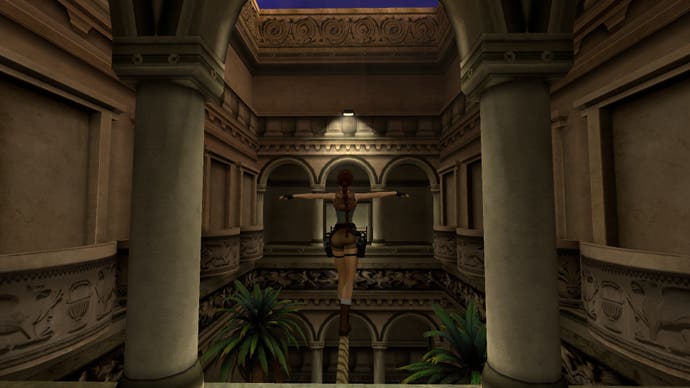
So that’s quite good really, and okayish out of the way. How does famously terrible hold up?
In my memory, the biggest problem with The Angel of Darkness back when it was released was the controls. Warning: if you opt for the tank controls here, they are still truly terrible. Lara feels almost comically sluggish to move around, while jumps are more fiddly than they used to be and the fancier environments are pretty much filled with things to snag yourself on. Modern controls make it much more playable, but despite what feels like a speed boost, the sluggishness and the heaviness remains. In short: The Angel of Darkness still feels awful to play.
But it is interesting, and much more of a departure than I remember. No Tomb of Seth here. The Angel of Darkness kicks off in the grottier areas of Paris with a serial killer on the loose and Lara moving between ratty apartments while being chased by the cops. At first this opening didn’t really make any sense tonally – where are the waterfalls that have something cool behind them, the sunken ships and opera houses? Then I remembered when this game finally made it through development. This was no longer the cinematic era of Indiana Jones, but the era of people like David Fincher. The grim backstreets and the brooding Howard Shore-style score suddenly start to add up.
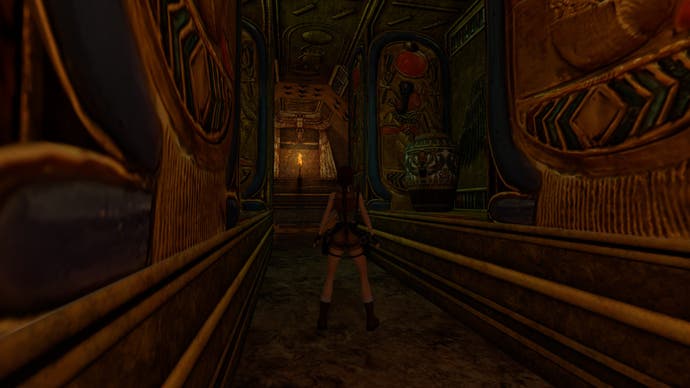
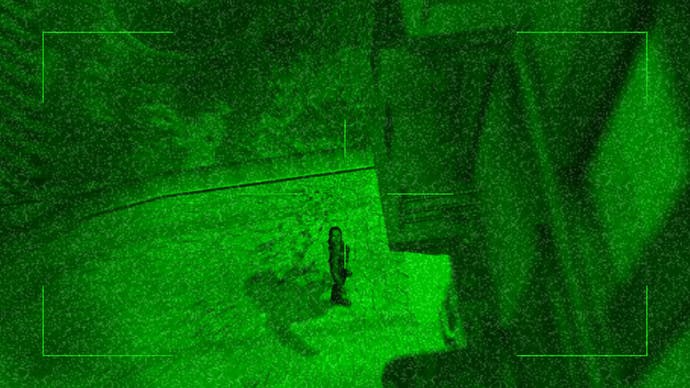
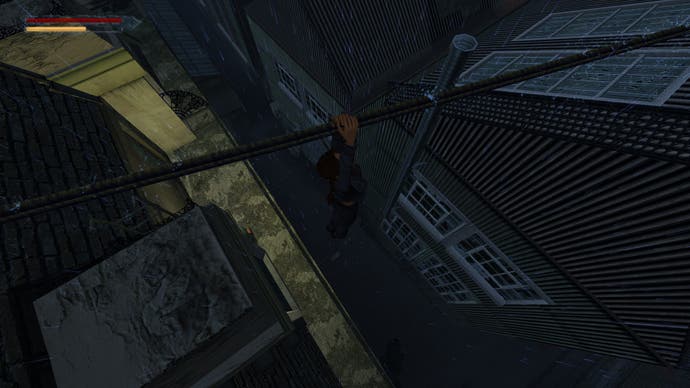
Even so, this switch in tone gives The Angel of Darkness an identity crisis it can’t recover from. This is the first Core game where I’d argue that, rather than always feeling like you’re in a tomb, you rarely do so here. There are a lot of very cool ideas: Lara’s chasing after paintings, there’s a high-tech ramble through the Louvre, I love the idea of apartment-hopping while being chased by a helicopter and all that jazz. There’s also just a lot of ideas in general: Lara’s abilities evolve based on a silly system whose machinations are hard to foresee and can therefore lead to moments where you get properly stuck. She can wall hug and look round corners, there’s a lunge at melee combat as well as a stamina bar for climbing. Oh, and semi-open environments where Lara engages people in conversation and picks through dialogue trees.
Tomb Raider 4-6 Remastered accessibility options
Modern and tank control options. Rebindable keys and controller options. On/off toggles for boss health indicators, action indicators, and dashing and ducking. Controller dead zone area and sensitivity settings.
It’s a lot. But having too many ideas, and visibly struggling with the ideas you do have, can make a game almost lovable with the passage of time, particularly when the worst of the controls have been ironed out. As a Tomb Raider fan, then, this is the most playable that the series’ least engaging entry has ever been. It’s nice to have it within reach again, in a way that doesn’t involve digging around in the attic and cursing the controls.
It’s an odd place to leave Lara. We went through so much with her in the Core games, and here she is now, clad in double denim, standing outside a warehouse in Paris, kicking a dog in the head while a chopper circles overhead. These three games aren’t always Lara Croft at her best, then, but as far as I can tell they’ve been cared for as if they are, which is what a good remaster should do. And in certain moments, as is always the case with this series, they still shine.
A copy of Tomb Raider 4-6 Remastered was provided for review by publisher Aspyr.
fbq('init', '560747571485047');
fbq('track', 'PageView'); window.facebookPixelsDone = true;
window.dispatchEvent(new Event('BrockmanFacebookPixelsEnabled')); }
window.addEventListener('BrockmanTargetingCookiesAllowed', appendFacebookPixels);
Source link
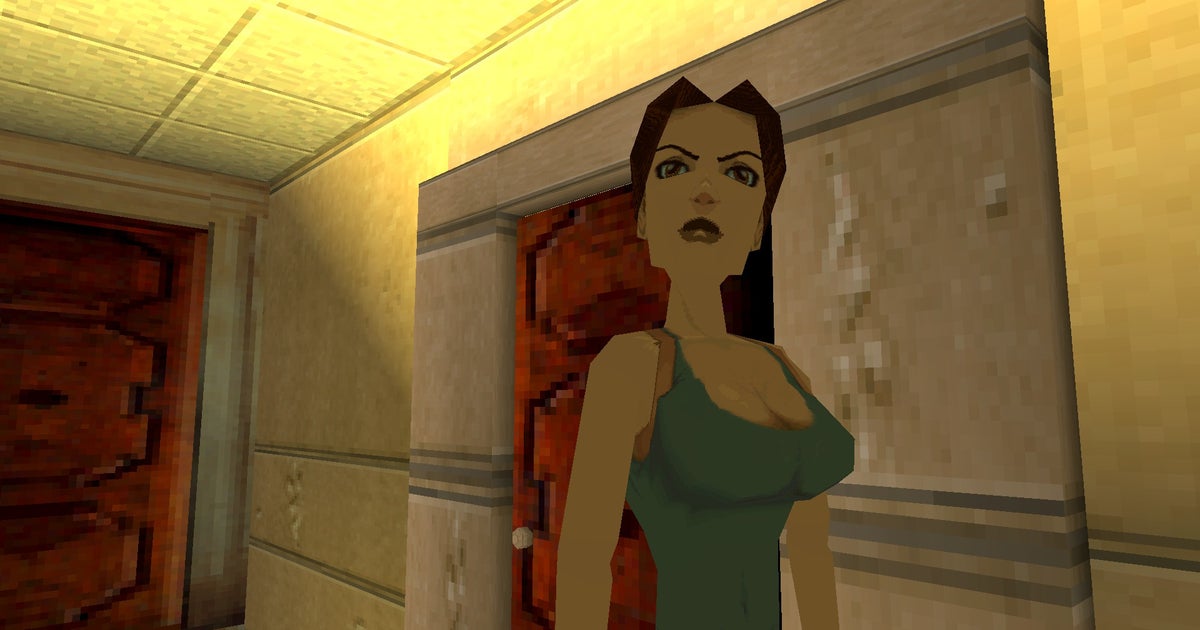
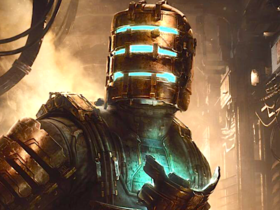









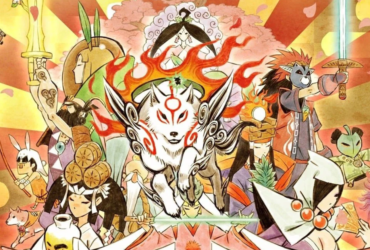
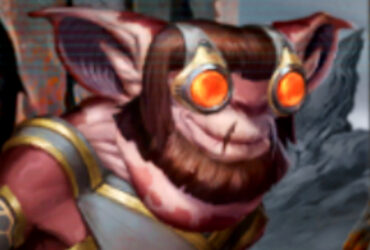
Leave a Reply